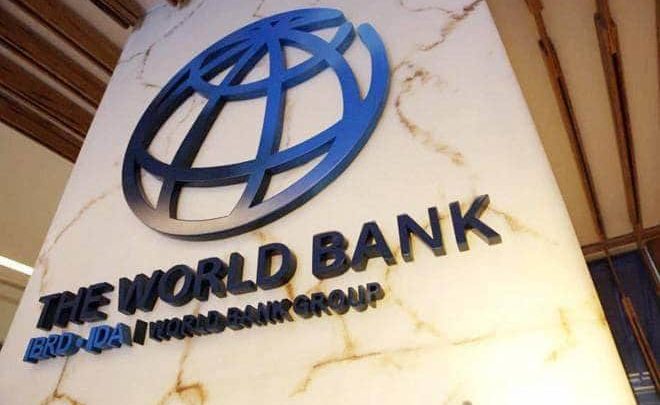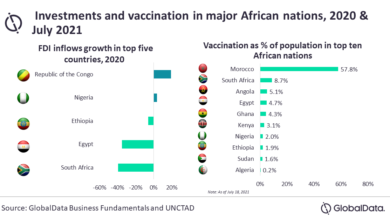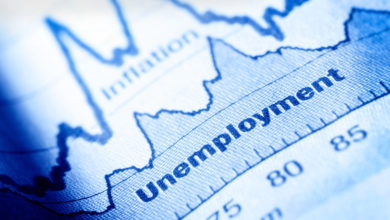
In an era of slowing trade and growth, developing countries can achieve better outcomes for their citizens through reforms that boost their participation in global value chains. These reforms can help them expand from commodity exports to basic manufacturing, while ensuring that economic benefits are shared more widely across society, a new World Bank Group report concludes.
The World Development Report 2020: Trading for Development in the Age of Global Value Chains marks the World Bank Group’s first trade-focused development report since the late 1980s. It finds that global value chains have powered an economic transformation ever since, allowing the poorest countries to quickly climb the development ladder. Such chains enable developing countries to specialize and grow wealthier without having to build whole industries from scratch.
“Global value chains have played an important part in growth, by enabling firms in developing countries to make significant gains in productivity, and by helping them transition from commodity exports to basic manufacturing. In the age of global value chains, all countries have much to benefit by speeding up reforms that increase commerce and boost growth,” said World Bank Group Chief Economist Pinelopi Koujianou Goldberg. “Countries need trade to develop, and an open, predictable environment benefits everyone. To ensure sustained social support for trade, policymakers need to ensure that the benefits of global value chains are widely shared among a broad range of groups—especially the poor and women – and that the environment is protected.”
Today, global value chains account for nearly 50% of trade worldwide. But their growth has plateaued since the financial crisis of 2008, the report finds. Trade frictions have created uncertainties over market access, causing firms to consider delaying investment plans. Moreover, the gains from participating in global value chains have not been distributed equally across and within countries. Environmental costs are growing, mainly from higher carbon dioxide emissions due to transportation of intermediate goods across greater distances.
World Bank







